When it comes to car batteries, there are a few things you should know to keep them running smoothly. One of those is how to use a clamp meter on a car battery. A clamp meter is a device that allows you to measure the voltage and current of a battery without having to remove the caps or disconnect any terminals. This can be helpful for troubleshooting or diagnosing problems with your battery.
What is a clamp meter and what are its uses?
A clamp meter is a handheld device that is used to measure electrical current, voltage, and resistance. It is also used to test for continuity and phase angle. A clamp meter has two jaws that open and close around an electrical conductor, such as a wire or cable. The jaws are connected to the meter body using flexible insulated leads. When the jaws are closed around a conductor, the current flowing through the conductor can be measured.
- Clamp meters are used to measure AC and DC, voltage, and resistance.
- They can also be used to measure frequency and capacitance.
- This type of meter is especially helpful for measuring current in tight spaces or on live circuits.
- It can also be used to test batteries and other electrical systems.
How to use the clamp meter on a car battery?
- Turn off the engine and all lights.
- Open the hood and locate the car battery.
- Wear gloves to protect your hands from acid and battery posts.
- Use the black clamp to attach to the negative (-) terminal of the battery, then attach the red clamp to the positive (+) terminal.
- Ensure that the jaws of the clamps are fully closed around the terminals for an accurate reading.
- Press the power button on the clamp meter to turn it on, then select the DC Voltage setting.
- The LCD will show either a digital or analog reading of the voltage present in the battery (typically 12-14 volts for a healthy battery).
- If the reading is below 12 volts, it indicates that the battery is discharged and will need to be recharged.
- To remove the clamps from the battery, press the power button on the clamp meter to turn it off, then open the jaws of the clamps and release them from the terminals.
- Wipe down the terminals and clamps with a clean rag to remove any acid or residue.

Tips for getting the most accurate reading from your clamp meter:
- Make sure the jaws of the clamp meter are clean and free of debris.
- Place the clamp around the conductor you wish to measure as close to the point where the measurement is being taken as possible.
- Make sure that the conductor is fully enclosed by the jaws of the clamp meter.
- Avoid taking measurements near sources of electromagnetic interference, such as power lines or transformers.
- Take multiple readings and average them to ensure accuracy.
By following these tips, you can be confident that you're getting the most accurate readings possible from your clamp meter. Remember, accuracy is crucial when working with electrical systems, so always take the time to get it right.
What to do if the battery is discharged?
If your battery is discharged, you have a few options:
- You can plug the battery into a charger to recharge it.
- You can use a jump start to get the battery going again.
- You can replace the battery with a new one.
If you have a discharged battery, the best thing to do is to recharge it as soon as possible. If you don't have a charger, you can use a jump start to get the battery going again. If the battery is completely dead, you'll need to replace it with a new one.

Frequently Asked Questions
How does a clamp meter work?
A clamp meter is an electrical testing device that is used to measure the current flowing through a conductor. It consists of two jaws that open and close around the conductor, allowing the current to be measured without having to make direct contact with it. Clamp meters are often used in situations where it is not possible or safe to make direct contact with the conductor, such as when measuring live power lines.
To use a clamp meter, the jaws are opened and placed around the conductor, and then the meter is turned on. The current flowing through the conductor will cause a needle on the meter to move, indicating the amount of current. Most clamp meters also have a digital display that will show the exact reading. Once the measurement is complete, the jaws are released and the meter is turned off.
Clamp meters are a valuable tool for electricians and other professionals who work with electrical systems. They allow for quick and easy measurement of current without having to make direct contact with the conductor, which can be dangerous. Clamp meters are also relatively inexpensive and easy to use, making them a great choice for many applications.
How accurate are DC clamp meters?
Clamp meters are considered to be one of the most accurate tools for measuring DC. They are often used in a variety of applications, including electrical engineering and maintenance. While clamp meters are generally very accurate, there are a few factors that can affect their accuracy.
One factor that can affect the accuracy of clamp meters is the size of the conductor. If the conductor is too small, the clamp meter may not be able to get an accurate reading. Another factor that can affect accuracy is the presence of background noise. Clamp meters are designed to filter out background noise, but if the noise level is too high, it can still impact the readings.
Overall, clamp meters are considered to be very accurate tools for measuring DC. However, there are a few factors that can impact their accuracy. If you are concerned about accuracy, it is important to take these factors into account when using a clamp meter.
How does a DC clamp meter work?
A Clamp meter is an electrical measuring instrument that is used to measure direct current (DC) in a conductor without making physical contact with the conductor. The device consists of a pair of jaws that open and close around the conductor and a sensor that measures the current flowing through the conductor.
The principle behind how a DC clamp meter works is based on the fact that an electric current produces a magnetic field, and this magnetic field can be used to determine the magnitude of the current. The jaws of the clamp meter are placed around the conductor, and the sensor measures the magnetic field generated by the current flowing through the conductor. The sensor then converts this measurement into a direct current (DC) value, which is displayed on the clamp meter.
Conclusion:
In conclusion, using a clamp meter on a car battery is a relatively simple process. However, it is important to ensure that the battery is properly clamped onto the terminals before proceeding. Additionally, while most clamp meters will work with both positive and negative terminal types, some may only work with one or the other. Be sure to check your specific meter's instructions before use. Finally, always take safety precautions when working with electricity, and never touch exposed wires or terminals. If you follow these steps, you should be able to safely and effectively use a clamp meter on your car battery. Thanks for reading!



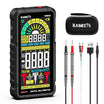
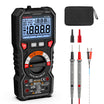

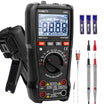
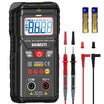
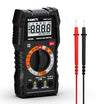
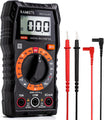
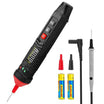
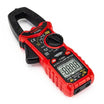
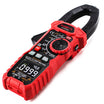
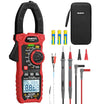

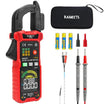
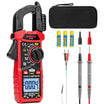

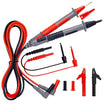
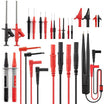

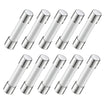
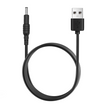
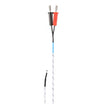
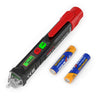

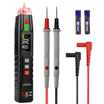
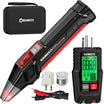
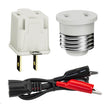
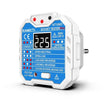
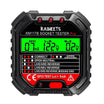
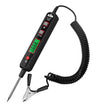
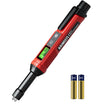
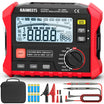
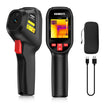
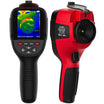
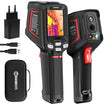
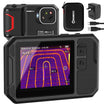
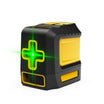
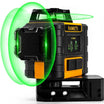

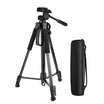
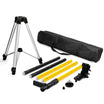
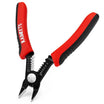
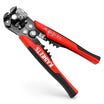
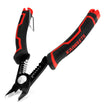
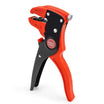
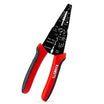
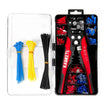
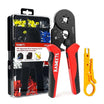
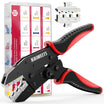
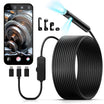
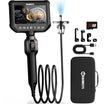

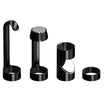
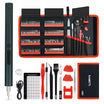
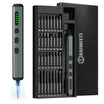
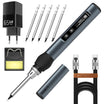
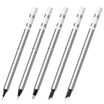
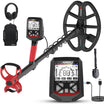
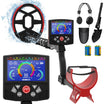
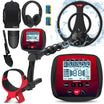

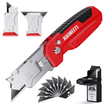
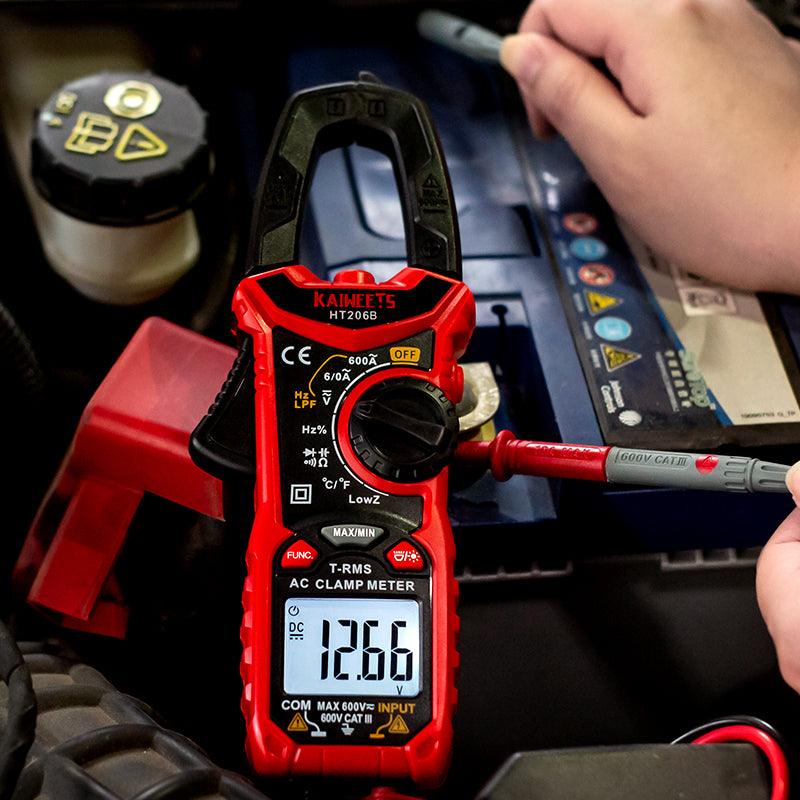
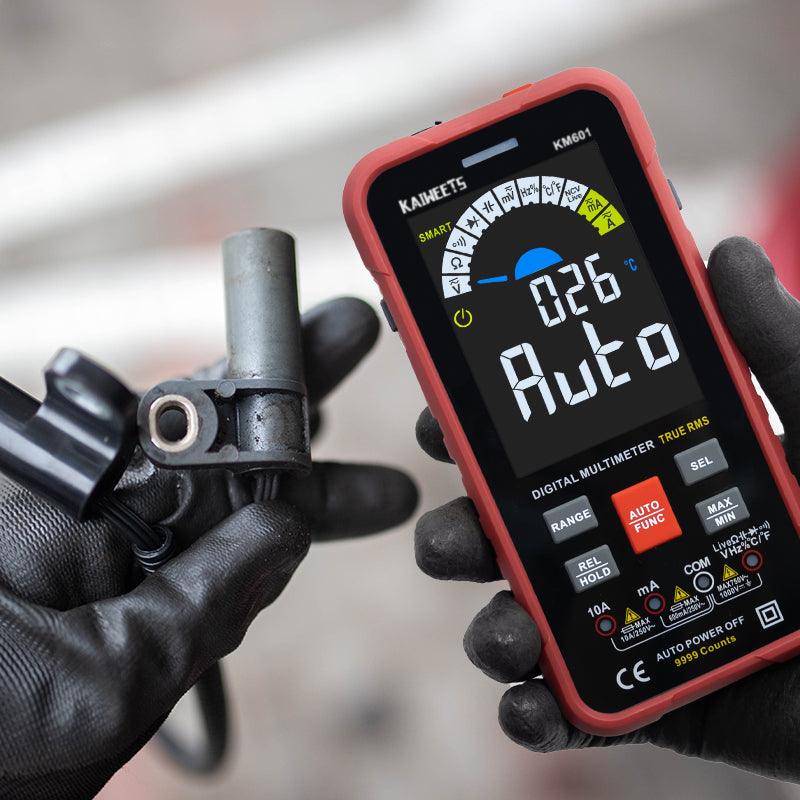
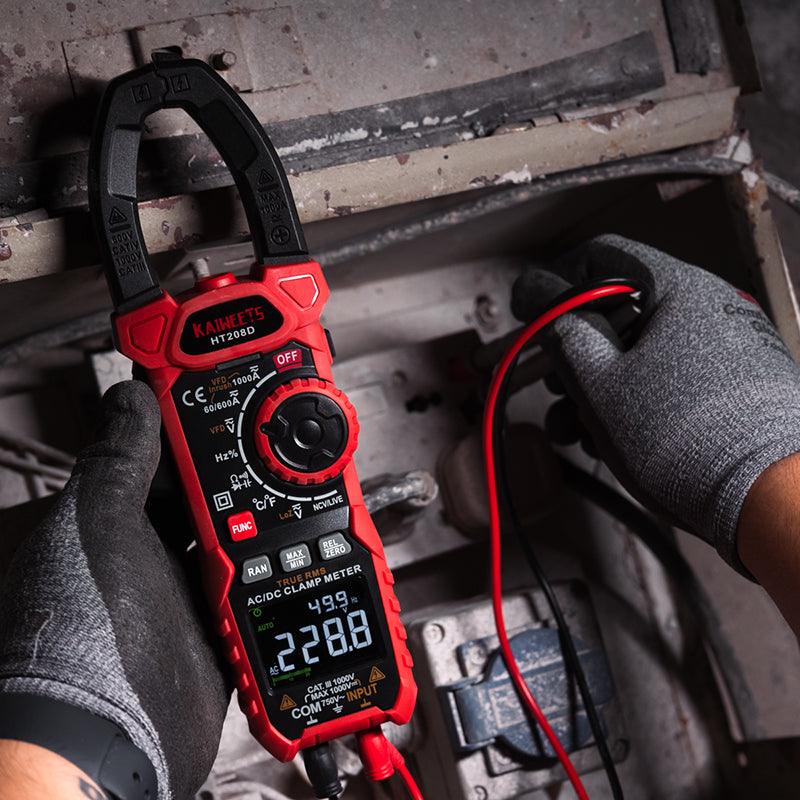
Dejar un comentario
Todos los comentarios se revisan antes de su publicación.
Este sitio está protegido por hCaptcha y se aplican la Política de privacidad de hCaptcha y los Términos del servicio.